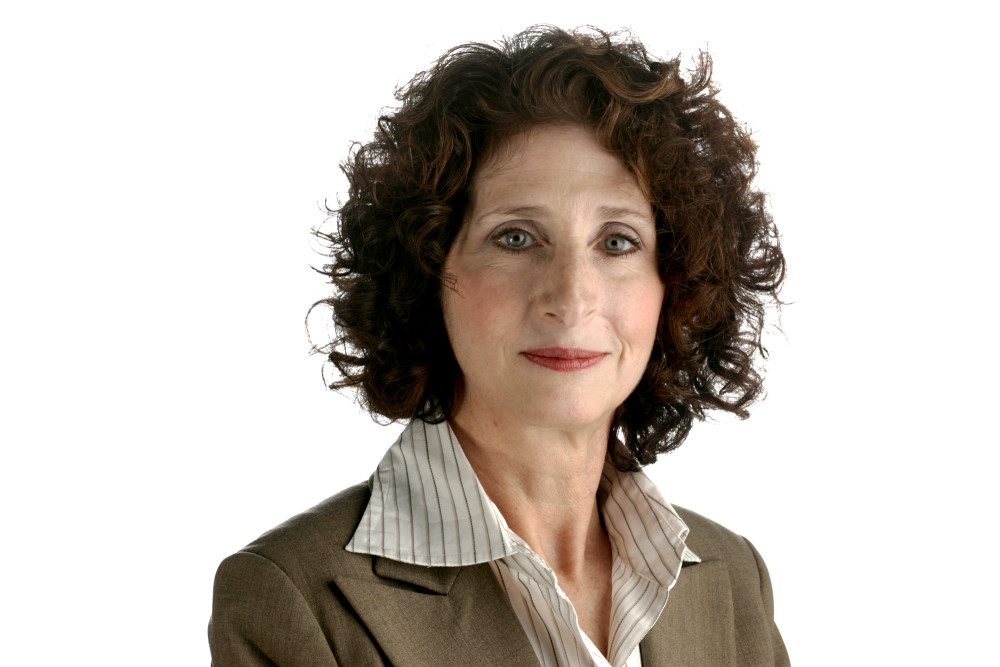By Gail MarksJarvis
Chicago Tribune.
As investors enter the second half of the year, they are faced with a conundrum.
Continuing growth of the economy is on stock investors’ side after lifting the Standard & Poor’s 500 index 6 percent in the first half of the year, plumping up 401(k)s and savings for college and retirement.
But deciding whether to buy stocks now, after this year’s rally, which follows a 30 percent gain last year, is less clear-cut.
Stocks are pricey, leaving some analysts skeptical that there are sizable gains to be had until companies grow sales and earnings more.
But bonds are no great attraction either, given low interest rates and the expectation rates will rise later this year.
As with everything in life, it’s all about timing.
When rates start climbing, everything from U.S. Treasury bonds to corporate and high yield bonds are likely to decline in value, inflicting losses on bond funds.
Those losses could be especially sharp if the Federal Reserve raises interest rates earlier instead of later in 2015.
As investors decide whether they favor stocks or bonds, analysts generally have been leaning toward stocks.
In a recent Bank of America-Merrill Lynch survey, about two-thirds of professional investors worldwide said high-yield bonds have cost too much.
According to analyst Hans Mikkelsen of Merrill Lynch, the slightest scare on interest rates or the economy could cause the bonds to plunge.
But pros know that stock market rallies don’t last forever.
“High starting valuation often leads to mediocre forward returns,” said Goldman Sachs strategist David Kostin, who calls it a case of “sticker shock.”
Goldman estimates the S&P will end 2014 at 1,900, or about 3 percent below Wednesday’s 1,974 close. By the end of 2015, Goldman estimates 2,100. By the end of 2016? 2,200.
Second thinking about stocks could cause reluctance to buy, which could prompt a 10 percent sell-off, a “correction.” Even if that were to happen, the general direction of the market is up as the U.S. economy grows, although not at the brisk pace imagined.
The key for the market will be whether earnings reports live up to expectations. Kostin is concerned because profit margins last peaked in 2011.
But this situation isn’t new. Price alone won’t send stocks into a sharp nosedive. But they could be vulnerable to a big scare and uncertain economic conditions, such geopolitical unrest or spikes in oil prices from the Middle East.
If that pressure reaches the fragile American buying public, investors might worry about consumer spending affecting corporate profits and then decide to sell.
The S&P trades at about 16.7 times expected company profits. According to Goldman’s Kostin, that’s above the historical average of about 13.5 times profits when interest rates are 1 to 2 percent over inflation. Periods like now.
Rather than cowering in less-risky sectors, Kostin thinks investors will do best later this year and into 2015 if they purchase “cyclical stocks” _ sectors that gain when the economy is strengthening, such as technology companies such as Facebook; manufacturing or industrial companies such as Avery Dennison and Nucor; and companies such as Lowes and Whirlpool that sell discretionary items to consumers.
Kostin suggests picking up stocks with sales growth and dividend yields above their peers while trading at prices below them.
Like many analysts, Kostin has warned investors that utility companies they bought this year for safety and dividend income may not turn out to be as secure as they thought.
During the first half of the year, utilities were the strongest performers. The Utilities Select SPDR exchange-traded fund, an array of utility stocks, has returned almost 19 percent this year.
But utilities and telecommunications stocks, which provide some of the highest dividend yields, are expected to sour fast if interest rates start climbing.
The Federal Reserve has been buying an extraordinary amount of bonds to keep interest rates low and stimulate the economy. But that buying is phasing out.
At some point in 2015, investors expect the Fed to raise interest rates.
Given the utilities’ high prices and the hit they will take when investors see interest rates climb, SPDR ETF is the most popular ETF to short now, according to a report by Neil Leeson of Ned Davis Research. When investors “short” an investment, they make money when that investment plunges in value soon after investors get out.
Of course, nailing the timing on any sector right isn’t easy.
Investors have expected interest rates to rise all year, and they’ve done the opposite. The yields on 10-year Treasuries fell from 3 percent at the end of 2013 to around 2.6 percent now.
If that trend continues, bonds and utilities could turn out to be money makers rather than the losers analysts are expecting.
___
ABOUT THE WRITER
Gail MarksJarvis is a personal finance columnist for the Chicago Tribune and author of “Saving for Retirement Without Living Like a Pauper or Winning the Lottery.”














































































































































































































































































































































































